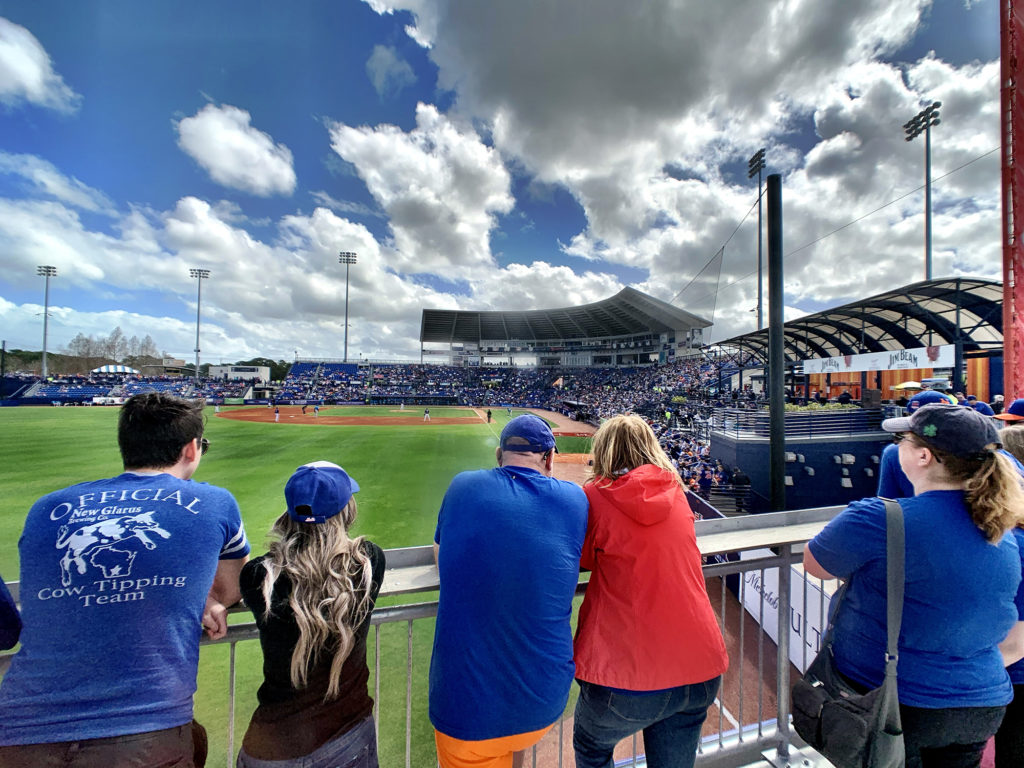
With a new exterior, a cheerier color scheme, upgraded player facilities and expanded fan spaces, Clover Park has emerged as a must-visit not only for New York Mets fans but any fan seeking a classic, bucolic spring-training experience.
The spring home of the Mets since 1988, the former Thomas J. White Stadium / Tradition Field / Digital Domain Park / Mets Stadium / First Data Field has undergone several renovations in recent years, including the addition of a right-field party deck, a left-field Tiki bar and new exterior signage. Despite the plethora of ballpark names, the Mets have been stable on the spring-training front, with only two homes since 1962 expansion placed the team in the National League: St. Petersburg’s Al Lang Field (1962-1987) and Clover Park (1987-present). This sort of stability is rare in spring training; only the Detroit Tigers and Pittsburgh Pirates have trained for longer in their current Grapefruit League ballparks. (Click here for a Mets schedule.)
The length of the team’s tenure, however, led to an unfortunate side effect: upgrades to the facility were few and far between. Changes over the years were relatively modest: a new Tiki bar down the third-base line, a new party deck and bar in right field, an upgrade of the outfield berm, and a new exterior façade that never really fit in with the rest of the ballpark. There was still plenty to love in the ballpark—the huge grandstand canopy provides plenty of shade, and the bucolic nature of the surrounding area is the epitome of the spring-training ethos.
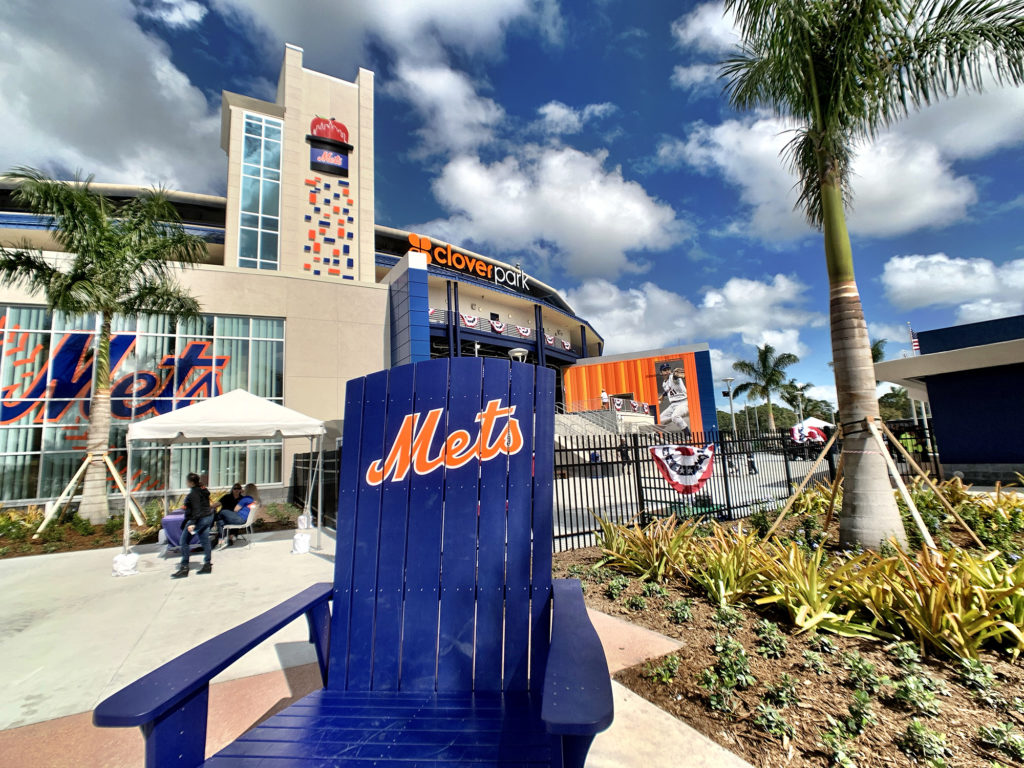
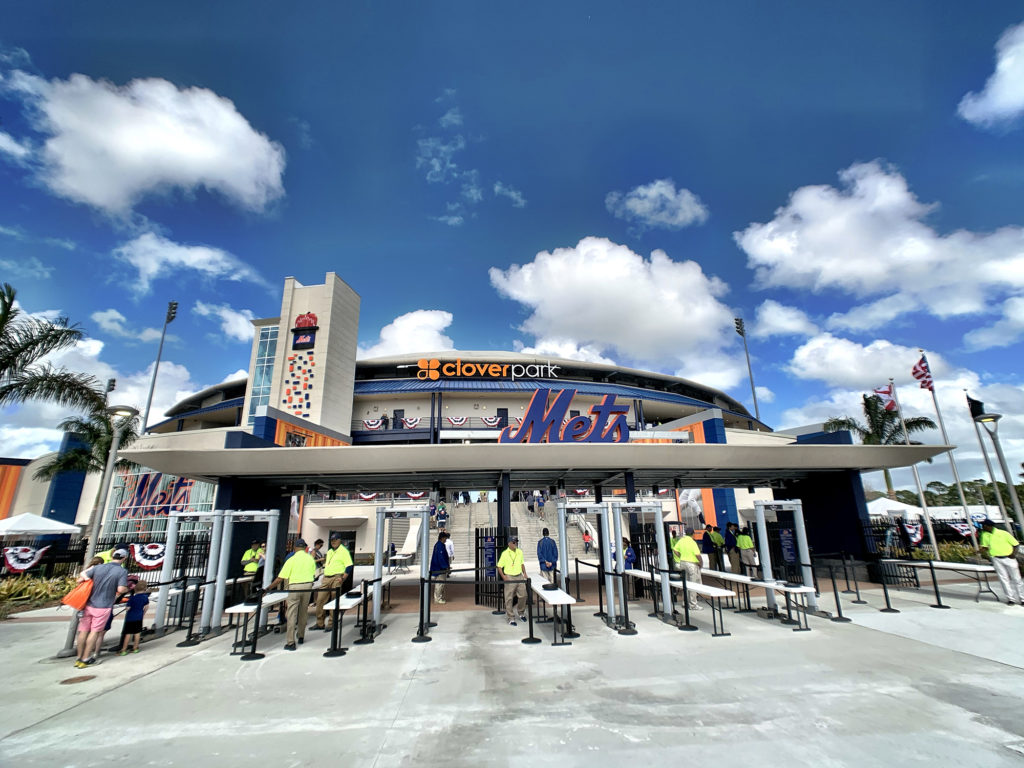
With the lease up, the Mets and St. Lucie County embarked on a $57-million renovation to Clover Park, with improvements both on the fan side and on the player side, and plenty of overlap between both. A major change will be noticeable upon entry to the ballpark: the concourse has been expanded and a totally new front exterior installed. The new color scheme dumps the blue of old and instead employs a lighter palette centered on the team’s familiar orange, while and Mets blue look. Combined with plenty of Mets branding, the new entry plaza is an inviting space with new selfie spots (including a scaled-down dugout and an oversized Adirondack chair) and more security lines, while retaining and moving the 9/11 tribute previously installed outside the ballpark. The parking lot has also been reconfigured with a dedicated turn lane off Peacock Boulevard, making for easier access before a game.
The changes also include new ticket booths and new security points, both of which should streamline ballpark entry. Once fans pass security, they’ll encounter a new concourse that more than triples the width of the old, narrow rat maze of a concourse. A dead end to the concourse down the first-base line has been blown out, allowing fans to go directly from the grandstand to the right-field party deck and berm without walking through the ballpark seating and blocking the views of fans.
With the expanded concourse comes some major changes. Interestingly, the new space only includes one new fixed concession stand: there are some portables set up for now, but the Mets are waiting to see how traffic patterns play out before deciding on additional points of sale. In the meantime, the space is an inviting area to hang out away from the seating bowl, with plenty of murals celebrating Mets history. And the branding extended throughout the ballpark, inside and out: for example, a new graphic band on the press-level fascia displays the history of all the Mets logos used over the years: Mr. Met, Mrs. Met and more.
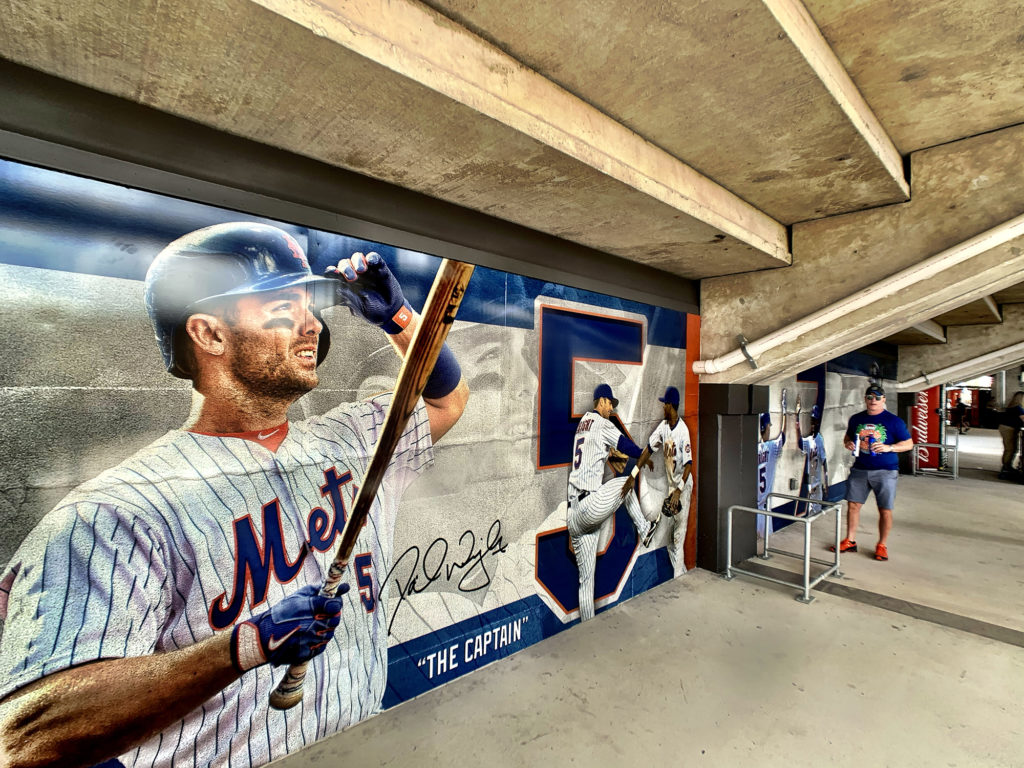
Speaking of concessions: they’ve been overhauled, but some old favorites remain and have been upgraded. For instance: the house hot dog—a Nathan’s, of course—sells for $5 and comes with a bag of chips. The familiar chicken tenders are sold in the same third-base stand. More points of sale means more chances to buy a local beer or a bucket drink featuring five different rums. It does seem like some of the more unique offerings are now gone (no knishes, alas, nor a deli stand), but there remains a stand selling pastrami sandwiches.
The interior ballpark upgrades extend down the third-base line. The old Tiki bar behind third base is now gone, replaced by a new Jim Beam Bourbon Bar beyond left field. That gives the Mets social spaces down each line where the emphasis is hanging out with friends, not necessarily being glued to the action. That means lots of drink rails, along with some tables.
From here you can see the adjacent player facilities, which include an expanded home clubhouse (larger than the Citi Field clubhouse), new practice fields, more batting cages and a better layout for fan access to practices.
All the MLB practice fields next to ballpark, with the new weight room and expanded clubhouse behind it in the concourse. A synthetic turf workout field now sits next to the grandstand, along with hitting tunnels. The major-league fields are closest to the ballpark deck, with one major-league and one minor-league bunting field adjacent, and minor league fields beyond. The practice fields were realigned to be closer to fans, with a new central viewing area for major-league workouts. Fans go behind the ballpark to a new sidewalk past right field to enter both the major-league and minor-league fields. Previously, access to player workouts came via a pathway through the woods next to Peacock Boulevard.
The overhaul of Clover Park is welcome news for spring-training fans of all sorts. You don’t need to be a Mets fan to enjoy yourself—or even a baseball fan at all.
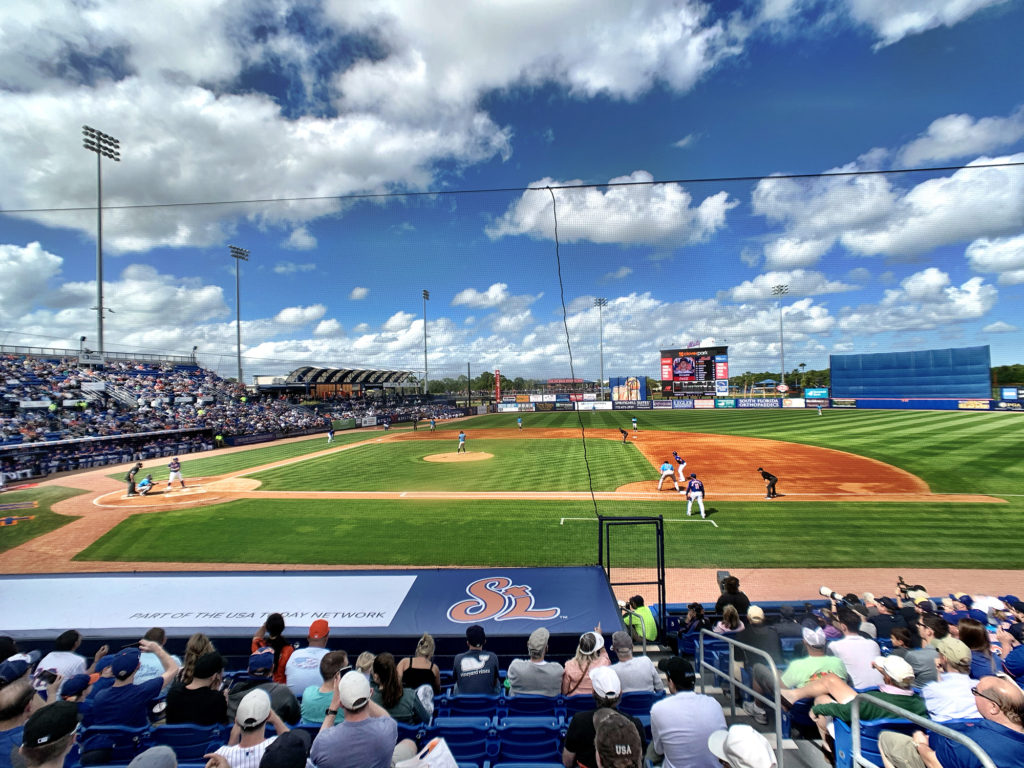
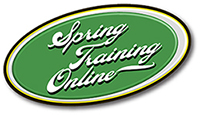
Comments are closed.